+33 (0)1 40 41 96 42
April 15, 2019 is a date that the world will remember to be both the worst fire that the capital has known since the Commune in 1871, and the fear of the destruction of one of Gothic architecture’s jewels. But humanity always stands up and proves their will to rebuild and mark history at all times. Realizing that the whole world puts so much hope into the work that is being done is really touching. Thank you all for your support.
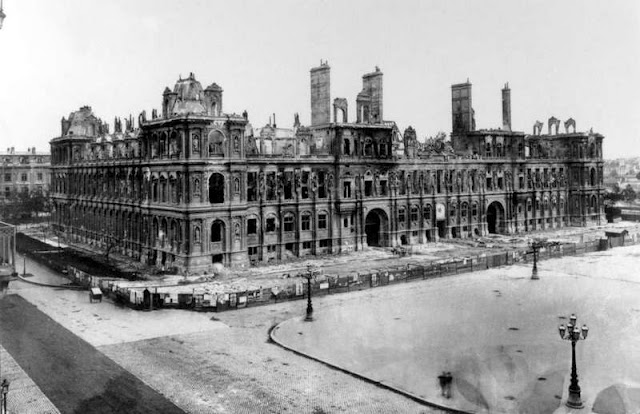
Since April 15, 80 craftsmen, masons, ironworkers, technicians and “handlers” have been rapidly mobilized to protect the building and prepare the works. They say that “it will take us four months to really consolidate the cathedral”.
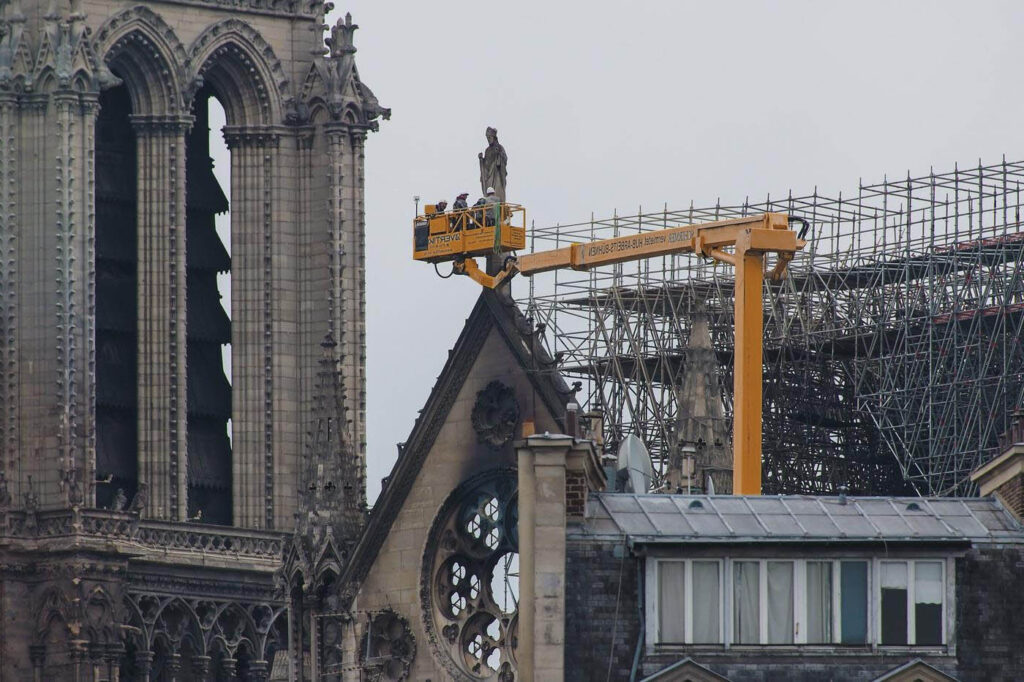
A first temporary covering was put in place before the creation of a real umbrella which will be installed during the second phase. The reinforcement of the northern, southern and western transepts gables were made, which were on the verge of collapse. The rosettes that miraculously resisted the heat have been placed under a net.
A floor under the tarp will then be put in place to balance the natural thrust of the buttresses and to protect the cathedral’s walls from collapse that may be caused by the wind. Paolo Vannuci, an engineer at the CNRS (National Center for Scientific Research), points out that “Notre-Dame would not be able to withstand winds of more than 90 km/h (56 mph)”.
It will also be necessary to lay all the side windows down except the rosettes, in order to install a lower floor located at 30 meters of height and thus to restore weakened vaults.
The current scaffolding will be maintained and extended to rise up to the future steeple. It’s amazing but apart from its central part that melted and was torn off by the steeple’s fall, the structure withstood 800°C (1472°F) of fire.
Thus, the remains of the charred structure, rubble and furniture destroyed inside the cathedral can be cleared by a robot.
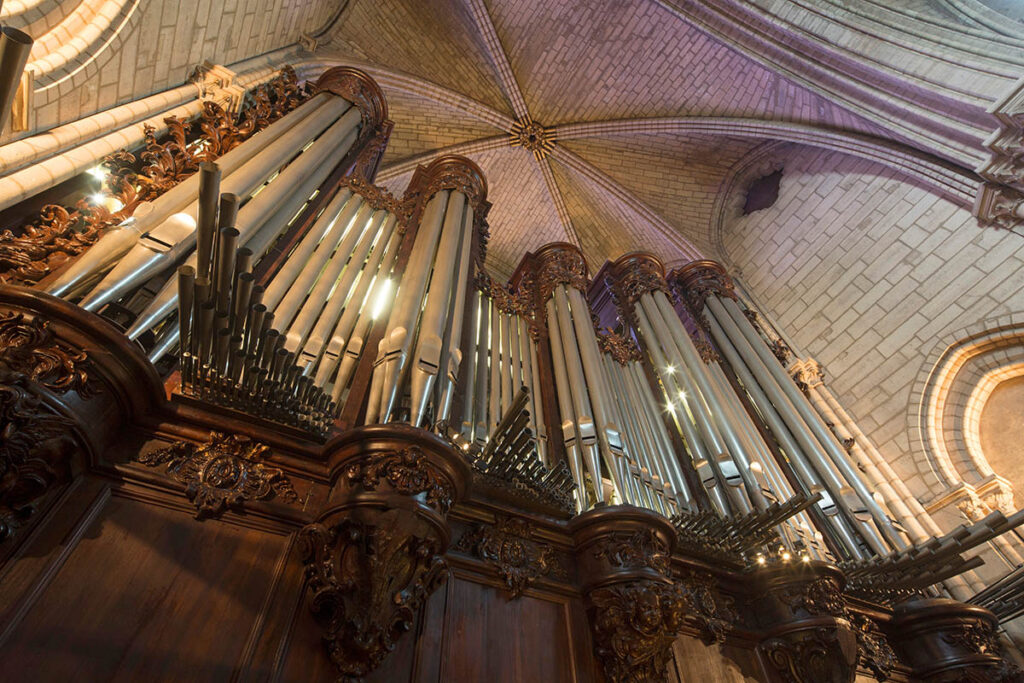
The most impressive instrument of the cathedrals of France and one of the five most beautiful and monumental organs in the world, the organ builder Cavaillé Coll’s work, has been preserved from the fire. The eight thousand wooden pipes made of tin, lead or wood were neither burned nor melted. The pipes and machinery will just be dusted off. The current organist, Johann Vexo, says that he believes the vaults’ and frame’s nature work to create unparalleled acoustics.
Worshippers might believe in a miracle: Most of Notre-Dame’s treasures have also been saved. An emergency unit was set up during the fire to save the treasure, consisting of the director of heritage, the chief architect of historical monuments, a curator, a member of the Ministry of Culture and a team of firefighters and police.
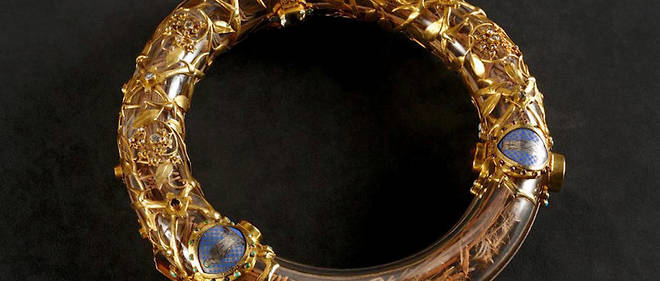
The holy crown bought by Saint Louis in 1206 for 135,000 pounds; the equivalent of 4.185 billion euros today. This was half of the annual royal budget of the time. It is unharmed and kept in a secret place. The Saint Louis tunic, the piece of cross and the Holy Nails as well as other relics, works and objects were transported to the Louvre Museum’s reserves.
13 of the 76 Mays (paintings) which were ordered almost every year, from 1630 to 1707, by the Corporation of the Parisian goldsmiths to offer each spring on May 1, at their cathedral in honor of the Virgin Mary were hung in the nave’s chapels. Damaged, they were transported to the Louvre to be dehumidified and restored.
An enigma remains: The cock that was placed above the arrow, supposed to contain the relics of Saint Denis and Saint Genevieve, was empty…
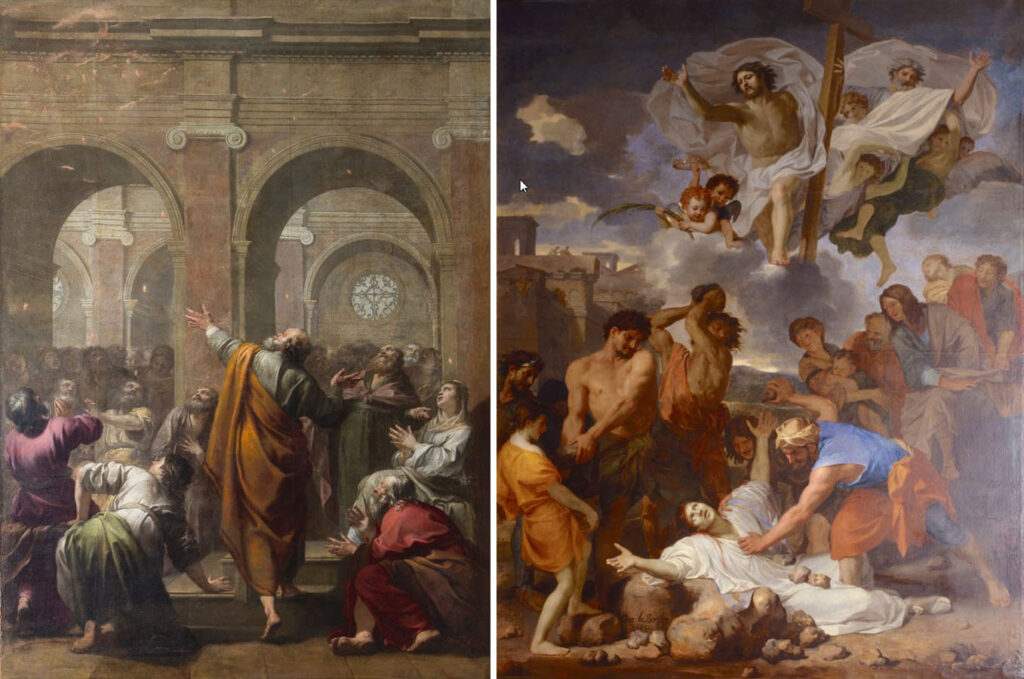
The “forest” much like the whole of the cathedral has been digitized in 3D about fifteen times, the last at the beginning of 2019. A new digitization will have to be performed to carry out a comparative analysis and to evaluate the precise impact of the disaster on the monument’s stability.
A reconstructive architectural project still has to be chosen. Is it really more interesting to participate in the controversy that is developing around architectural options than to come together to discuss re-construction?

19, rue des Prêtres-Saint-Germain-l'Auxerrois
75001 Paris
+33 (0)1 40 41 96 42